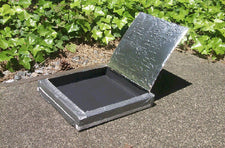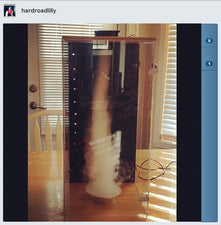The Science of Burglar Alarms

Home alarm systems are essential for several reasons; one, they provide families with a feeling of safety and security, and two, they alert both the family and authorities of any unauthorized entry {through doors or windows!}, hopefully keeping family members safe, protecting personal property, and deterring intruders. Ever wonder how security systems work? In truth, most are built around one simple design concept - a circuit.
Circuits
In any circuit, electricity can only flow when a path is made between two points of charge. Security systems make use of two basic circuit models:
- In a closed-circuit system, electricity flows freely through the circuit (i.e. the circuit is completed) when all doors and windows are closed. Should an intruder breach one of these openings, the flow of electricity is interrupted, causing the switch to open and sounding an alarm.
- In an open-circuit system, the alarm circuit before the intrusion is not completed. Anyone attempting to open a door or window will close the circuit, allowing electricity to flow, and cause an alarm to sound.
Project Overview
Using materials from around the house, students will follow the directions to make a simple open-circuit alarm system. [NOTE: When working with electricity of any kind, it is important to be careful and take precautions. Have an adult around to assist and supervise the completion of this project. Additionally, the directions call for wire stripping using a sharp knife. There are actually much safer tools made to do that very thing so ask an adult to help you locate a pair of wire strippers in the garage tool box. If none can be found, ask an adult strip the wire for you!].
For a little extra fun, you might consider constructing a fake house {'furnishing' it with extra carpet and hardwood from home improvement projects, painting it, and decorating with home interior magazines} or making a small window or door sample to use in demonstrating your project!
For a list of materials and directions, visit Neil Madgwick's full project write-up at Good-Science-Fair-Projects.com!



















